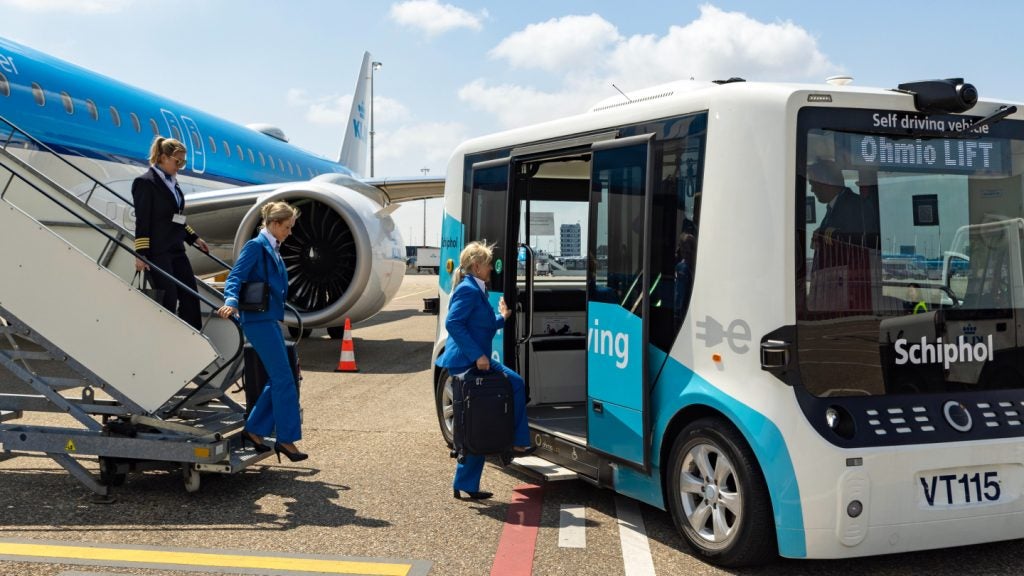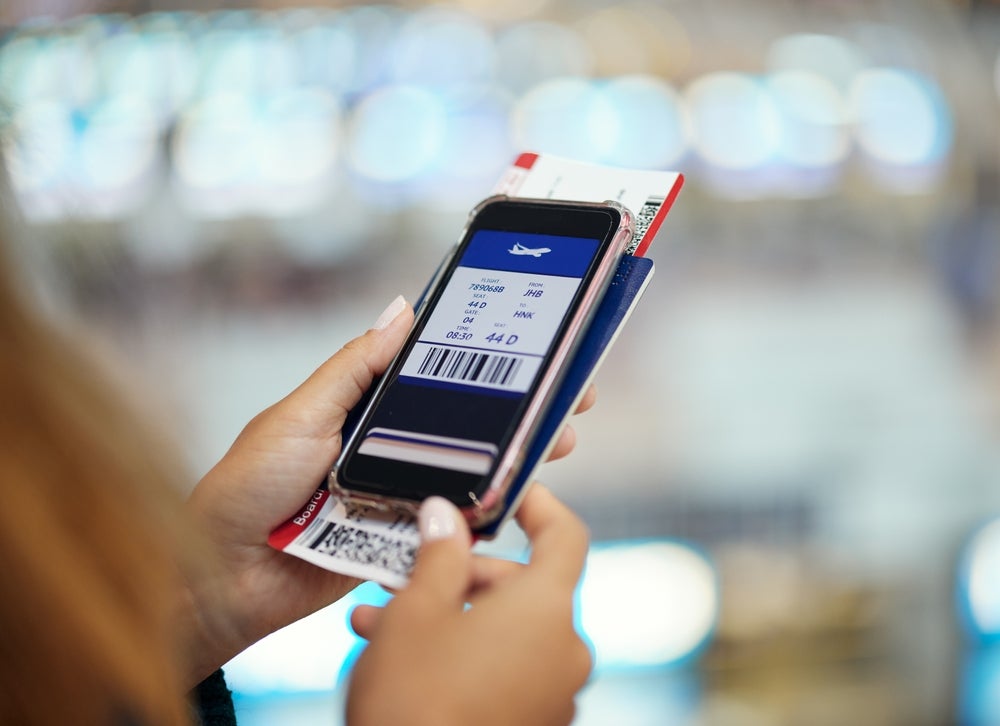Emirates is testing Finnish aviation weather expert Vaisala’s new winter weather solution at Chicago O'Hare International Airport in the US and Copenhagen Airport in Denmark.
The tests for the new technology are being carried out at the airports as the two locations are known for experiencing severe and adverse winter conditions.
The winter weather technology introduced by Vaisala aims to enhance airline efficiencies, along with reducing environmental impact and ensuring significant aviation winter safety record.
Combined with CheckTime equipment tested by Emirates, the solution helps monitor winter conditions, along with offering necessary information to pilots to enable them to make decisions about keeping an aircraft's wings free of ice and snow.
Emirates operates Airbus A380 and the Boeing 777 aircraft at Copenhagen and Chicago airports, respectively. This will enable Emirates to obtain fleet-wide experience for the performance of the CheckTime decision support system in winter weather.
Emirates will continue testing the new decision support system for winter weather until the end of the current winter season.
How well do you really know your competitors?
Access the most comprehensive Company Profiles on the market, powered by GlobalData. Save hours of research. Gain competitive edge.

Thank you!
Your download email will arrive shortly
Not ready to buy yet? Download a free sample
We are confident about the unique quality of our Company Profiles. However, we want you to make the most beneficial decision for your business, so we offer a free sample that you can download by submitting the below form
By GlobalDataBased on the thorough and complete analysis made on the test results obtained from the two airports, Emirates will decide whether to expand the CheckTime system to its other winter-affected stations.
The technology will replace a traditional procedure where pilots have to manually use a combination of holdover timetables and information charts, in addition to observing weather conditions to estimate the amount of de and anti-icing fluids required.
Vaisala Aviation Information Services head Nick Demetriades said: “By using a precise automated decision support technology rather than a cumbersome manual procedure to estimate the effective lifetime of the fluids, Emirates' pilots will be able to better focus on other crucial aspects of safety and flight operations, and the airline can improve efficiencies and reduce environmental impacts.”
With the use of Vaisala precision weather sensors, CheckTime measures wind, temperature, precipitation type and liquid water equivalent (LWE) to calculate the impact of changing weather conditions on anti-icing fluid after the flight’s anti-ice time.
The system, which is updated every minute, offers dynamic decision support to the pilot via the airline aircraft communications addressing and reporting system (ACARS) computer or mobile application in the cockpit.







